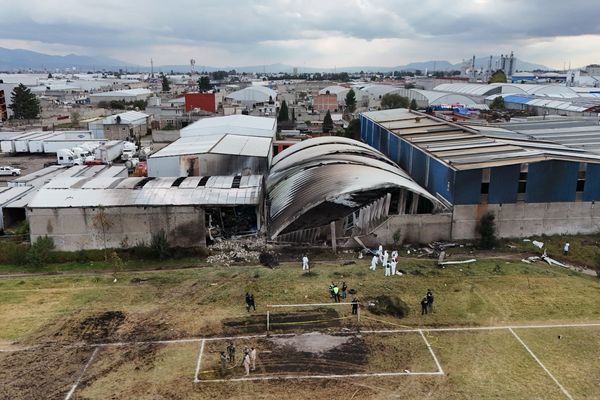
As global temperatures continue to rise, European cities are experiencing extreme heat for far longer than the traditional summer months.
Some cities in Europe now endure high temperatures for up to five months a year, a new study by Climate Resilience for All claims.
The analysis, led by the NGO’s meteorological team, examined temperature data from 2019 to 2023 across 85 cities worldwide. It focused on the first and last days that each city reached 32°C, a threshold for extreme heat that poses serious health and environmental risks.
They found that so-called ‘heat seasons’ are no longer confined to the recognised summer months and are now much longer in duration. On average, the team, led by climate scientist Dr Larry Kalkstein, say that heat seasons last for 214 days across the cities they looked at.
Extremely hot days occurred at any time of the year in 20 of the 85 cities.
Where in Europe does heat season last the longest?
In Europe, heat seasons now stretch well beyond what was once considered summer.
The study says that Athens in Greece now faces one of the longest heat seasons on the continent, with high temperatures lasting around 145 days, from mid-May to early October.
Tirana, Albania’s capital, comes in a close second on Climate Resilience for All’s list with 143 days of extreme heat.

In Portugal, Lisbon’s heat season lasts around 136 days, from late spring to early autumn. Madrid in Spain experiences a heat season of 119 days, spanning from late May to mid-September.
Paris officials are preparing for 4°C of warming, but the French capital already sees nearly three months of extreme heat, with temperatures above 32°C from mid-June to mid-September.
Munich and Warsaw have shorter but still significant heat seasons, lasting around a month or two.
Why are longer heat seasons a problem?
Previous research has found that human-caused climate change added an average of 30 days of extreme heat for about half of the world’s population last year. That is four billion people exposed to prolonged, dangerous temperatures.
The study by World Weather Attribution, Climate Central and the Red Cross Climate Centre looked at the period between May 2024 and May 2025. It found that climate change at least doubled the number of days classified as “extreme heat” in 195 of the 247 countries and territories they analysed compared to the previous average.
Europe is one of the regions already suffering the most visible and deadly consequences of global warming. Extended periods of heat highlight how the continent’s climate is changing and the health and infrastructure concerns which come with that change.

Longer heat seasons mean an increased risk of heat-related illnesses, leading to an increased strain on healthcare systems and challenges for vulnerable populations. It is especially problematic for the elderly and those with pre-existing conditions.
"This analysis makes it clear: we can no longer treat heat as just a normal part of summer," says Kathy Baughman McLeod, CEO of Climate Resilience for All.
“The ‘summer season’ many of us once knew is gone.”
Why are cities so hot?
The study points to the urban heat island effect, where cities become hotter than surrounding rural areas due to dense infrastructure and limited green space, as a key factor worsening heat stress across Europe’s urban centres.
“Cities never designed for heat now face new heat shocks and stresses,” explains Baughman McLeod.
With heat seasons stretching well outside of the recognised summer months, governments and city planners face a pressing challenge: how do you protect people from increasingly frequent and prolonged heatwaves?
Mitigating the impact of this extended heat threat requires strategies like increasing urban greenery, improving building designs, designating cool refuge areas and developing warning systems.
But, despite the rising threat, governments’ planning and response measures for heat are, according to Baughman McLeod, either nonexistent or woefully inadequate for the scale of the crisis.
“It is imperative that we mainstream awareness and understanding of extreme heat, so that governments, businesses, and employers manage their risks and impacts with the urgency these conditions demand.”







